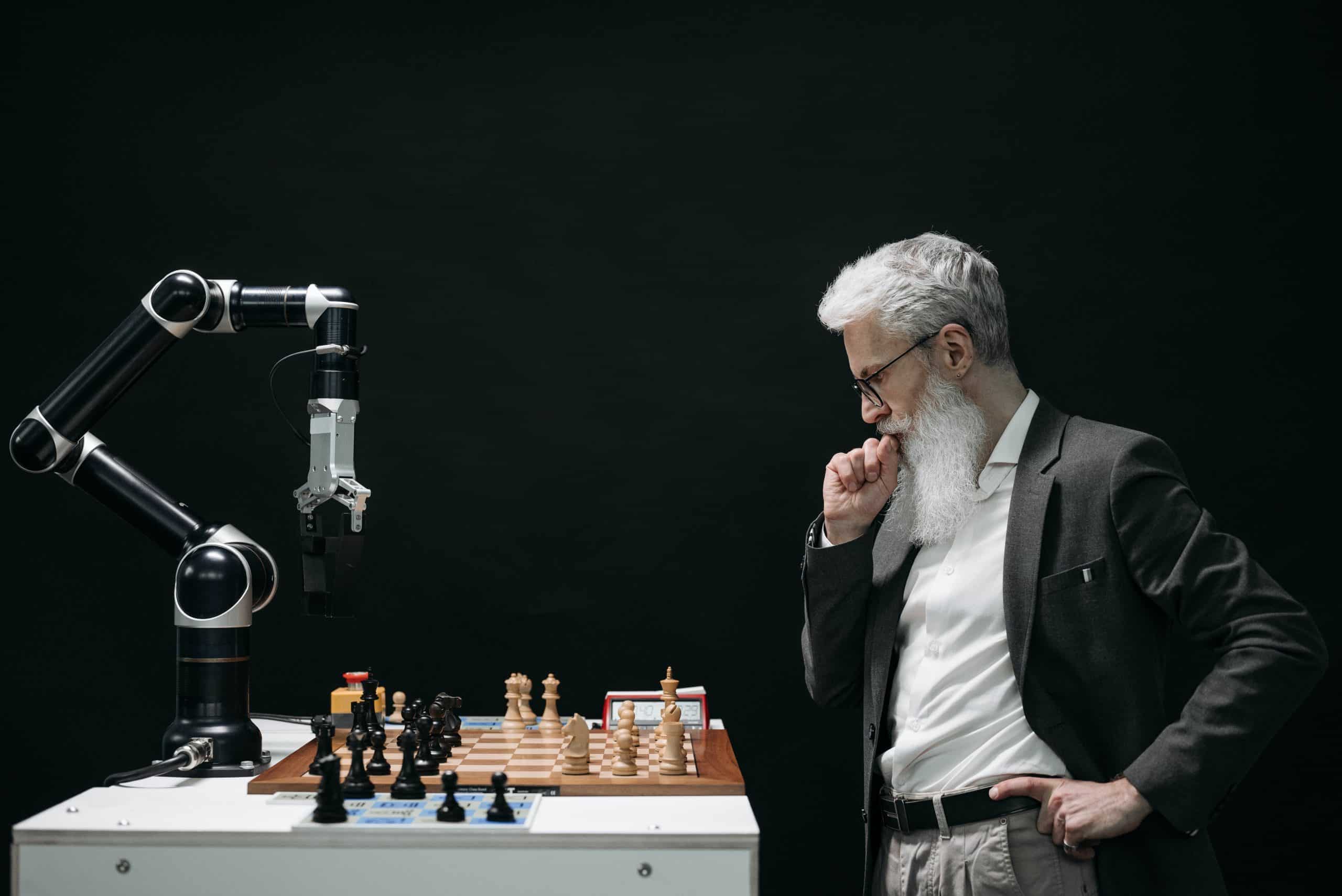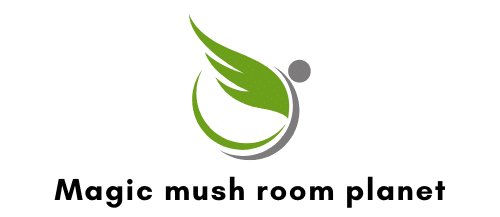Can AI-powered content generation replace human creativity?

It’s 2024, and we stand at the crossroads of the creative industry and the rise of artificial intelligence (AI). More than ever, the question beckons to us: can AI-powered content generation replace human creativity?
AI has provided us with tools that can generate content, be it art, music, or textual material, reducing the manual effort and time required. Yet, there is a profound difference between manual creation and AI-generated content, which leaves us pondering over the future of creativity.
A lire également : Top 4 automatic image generators ?
The Rise of AI in creative processes
AI has become an increasingly influential player in the creative industry. It’s no longer a question of if, but how AI is being used to create content in various fields. The advancements in AI tools and algorithms are enabling AI to generate content that is indistinguishable from human-made work.
The AI-powered content creation tools utilize the vast amount of data available to create unique and engaging content. For instance, generative adversarial networks (GANs) are used to create realistic images, music, and even texts. AI can analyze millions of data points in seconds to generate content that would take humans weeks or even months to create.
Dans le meme genre : Top 10 surprising finds in your wish mystery box
But does this mean that AI can replace human creators? Well, not so fast. While AI is capable of creating content, the question of creativity is more complex.
Creativity: The human touch
Creativity is an inherently human trait. It’s a product of our experiences, emotions, and our understanding of the world around us. It’s our capacity to generate ideas that are original and valuable. When you create something, you are putting a part of yourself into it. It’s a form of self-expression, a way to communicate your thoughts and feelings to the world.
AI, on the other hand, lacks the human touch. It doesn’t have experiences or emotions. It follows algorithms, patterns, and data, but it doesn’t understand the meaning behind the content it generates. It creates without a sense of purpose or self-expression.
Moreover, creativity isn’t just about creating something new; it’s also about understanding the audience. Human creators can empathize with their audience, understanding their needs and emotions and using this knowledge to create something that resonates with them. AI, on the other hand, lacks this ability to empathize and connect with the audience on a human level.
AI and humans: A symbiotic relationship
Despite the differences between AI and human creativity, it’s not about one replacing the other. Instead, it’s about how AI and humans can work together to create better content. AI can handle the heavy lifting of data analysis and content generation, enabling human creators to focus on the creative aspect.
For instance, AI can analyze vast amounts of data to identify trends and patterns, providing valuable insights for human creators. These insights can inform the creative process, helping human creators generate ideas that are relevant and engaging.
Moreover, AI can help human creators streamline their creative process. Tools like generative design can generate many different design options based on specific parameters, allowing human creators to focus on refining and perfecting the design instead of generating it from scratch.
The future of AI in the creative industry
As we look forward, we can expect to see AI playing an even bigger role in the creative industry. We will see more AI-powered tools that can generate content, analyze data, and provide insights. However, these tools are not meant to replace human creators but to augment their abilities.
In the future, the line between AI-generated and human-created content may blur. We may see AI creating content that is indistinguishable from human-made work. However, this doesn’t mean that AI will replace human creativity.
Creativity is about more than just creating something new. It’s about self-expression, understanding the audience, and conveying a message. It’s a human trait that AI can’t replicate.
What AI can do, however, is to enhance human creativity. It can handle the manual aspects of content creation, allowing human creators to focus on the creative aspect. It can provide data and insights to inform the creative process, helping human creators generate ideas that are relevant and engaging.
While AI may change how we create content, it doesn’t change the essence of creativity. The future of the creative industry isn’t about AI vs. humans; it’s about AI and humans, working together to create better content.
The Impact of AI on the Creative Industry
The creative industry has witnessed significant transformations due to the rise of artificial intelligence. AI has increasingly become a part of the content creation process, providing tools and techniques that can generate content with efficiency and effectiveness. For instance, AI algorithms can churn out vast amounts of data to create realistic images or write engaging textual content. Such technology has the potential to revolutionize sectors like digital marketing and social media, where content is king.
AI’s role in content creation goes beyond merely generating content. It also includes data analysis, which is instrumental in understanding trends and patterns in content consumption. AI has the capability to analyze an enormous amount of data and draw meaningful insights from it, something that would take a human content creator much longer to accomplish. With such insights, AI can aid in the creation process by providing valuable information to content creators, helping them craft content that is both timely and relevant.
However, it’s important to note that while AI can assist in content generation and data analysis, it cannot replicate the human touch that is crucial to creativity. The emotional connection, personal experiences, and unique perspective that human creators bring to their work are elements that AI, as of now, is incapable of providing.
Human Creativity and AI: A Partnership, Not a Rivalry
The debate on whether AI-powered content generation can replace human creativity often overlooks a crucial aspect: the potential for a symbiotic relationship between the two. Instead of viewing AI as a threat to human creativity, we should consider the ways in which AI can enhance and amplify human creative endeavors.
AI and human content creators can complement each other’s strengths. While AI can handle data analysis and content generation tasks with speed and efficiency, humans can bring their personal experiences, emotional understanding, and creative vision to the table. This partnership can result in an elevated creative process, wherein human creators use AI-generated data and content as a base, and then refine and personalize it according to their vision and understanding of their audience’s needs.
Moreover, AI can free up human creators from repetitive and time-consuming tasks, enabling them to focus more on the creative aspects. For instance, machine learning algorithms can automate the process of sifting through vast amounts of data to draw insights, leaving the content creators with more time to strategize and conceptualize new ideas.
In conclusion, while AI has significantly disrupted the creative industry, it does not compete with human creativity. Instead, AI provides tools and techniques to augment human creativity, making the content creation process more efficient and informed. While AI can generate content and analyze data, the human touch remains irreplaceable. The future of the creative industry lies not in choosing between AI and humans, but in leveraging the strengths of both to create impactful and engaging content. In this symbiotic relationship, AI and humans together can redefine the creative industry.
